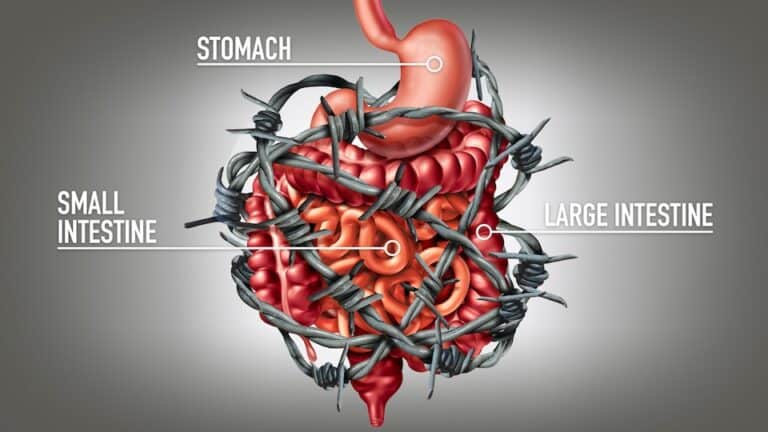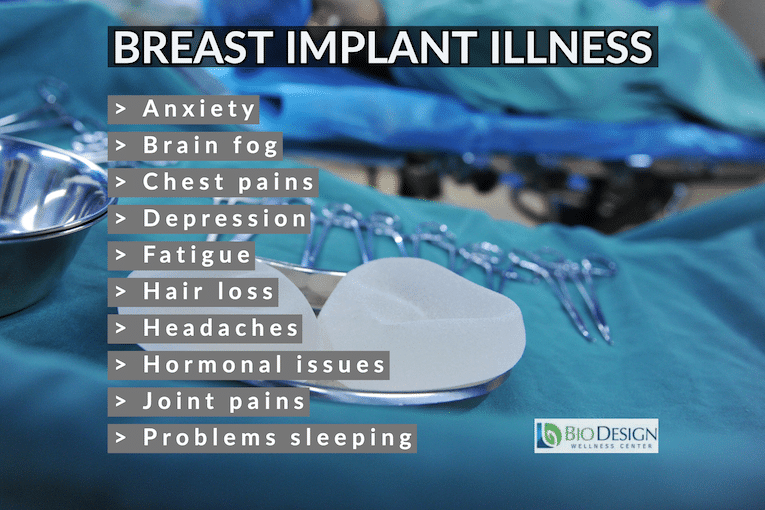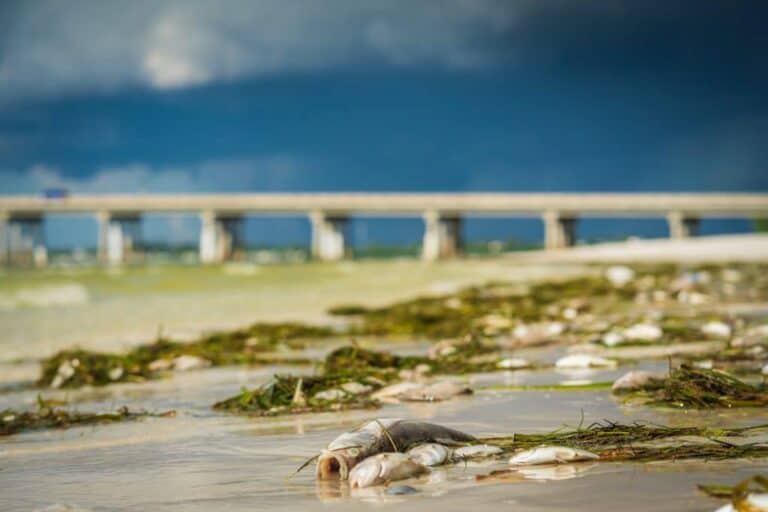If you frequently feel bloated after eating or you experience repeated bouts of abdominal pain or discomfort, gas, cramps, diarrhea, or constipation, you probably already suspect dysfunction in your gastrointestinal (GI) tract, also known as your digestive system or “gut.” However, the problem may not be with your digestive system itself but with what is inside a part of it, specifically the microorganisms living in your small intestine. The small intestine is a narrow tube-like organ approximately 20 feet long that connects the stomach to the large intestine and is responsible for extracting most nutrients from food. The large intestine is a much wider and shorter tube-like organ that primarily absorbs water from undigested food and carries solid waste out of the body. Bacteria and other microorganisms (both beneficial and potentially harmful) naturally reside in both the small and large intestines. Beneficial microbes perform essential functions, such as producing nutrients […]
More and more women are complaining of symptoms they suspect might be related to their silicone breast implants — symptoms attributed to what is being referred to as Breast Implant Illness (BII). One Facebook Group devoted to the illness has more than 50,000 members, all of whom claim to be suffering from a variety of BII symptoms, which we list later in this post. While a number of studies show no clear link between silicone breast implants and many of the symptoms being reported, at BioDesign Wellness Center, we believe that this is a serious health issue. So, when women tell us they think what they’re experiencing is related to their implants, we listen. First of all, the silicone used in breast implants doesn’t exist in nature. To the contrary, it is a chemical composition created by hydroxylating silica to form polydimethylsiloxane. And while this isn’t a highly toxic substance,
[ad_1] By: BioDesign Wellness Center Staff November 14, 2019 | Category: Case Study Request A Call From Us Editor’s Note: The following blog post appears in our Meet the Patient series — case studies of BioDesign Wellness Center patients have or are currently treating. In some cases, to ensure confidentiality, patient names and other details have been changed or omitted. That said, the specifics you’ll below read about conditions, diagnoses, and treatments are accurate. Below, we present Part 2 of Abby’s case study on her journey living with Postural Orthostatic Tachycardia Syndrome (POTS). For the first part in this post, please see Meet the Patient: Part 1 — Case Study on Postural Orthostatic Tachycardia Syndrome (POTS). Part 2 of Abby’s story: After some unusual lab results, Abby’s mother searched online for a doctor or medical center in Tampa with expertise in her daughter’s condition. That’s when she found us, first through
[ad_1] By: BioDesign Wellness Center Staff November 8, 2019 | Category: Case Study Request A Call From Us Editor’s Note: Meet the Patient is a series we recently introduced on the BioDesign Wellness Center blog to present case studies of actual patients we have treated over the years or are currently treating. Our hope is that these stories resonate with anyone who is or knows of someone struggling with a similar health condition. That would include those who have not received an accurate diagnosis or effective medical treatment, as well as those who may be close to giving up hope of ever feeling happy again. Note that names and certain other details may have been changed or omitted to ensure patient-doctor confidentiality, but specifics about conditions, diagnoses, and treatments are accurate. Case studies are based on information provided by actual patients and their doctors, and patients have agreed to share
[ad_1] By: BioDesign Wellness Center Staff October 24, 2019 | Category: Environmental Toxins Request A Call From Us Most residents along Florida’s Gulf Coast are well aware of the phenomenon known as red tide. Just recently, the Florida Fish and Wildlife Conservation Commission reported that the red tide organism — Karenia brevis — was measured at bloom concentrations in southwest Florida. And in early October, it was recorded at background levels in northwest Florida. Red tide blooms are not an uncommon sight for those of us who reside in Tampa. Such blooms occurred over the course of 14 months in 2017-2018 and were apparent in 17 months in 2005-2006. A severe bloom that occurred in 2012-2013 killed hundreds of manatees and scores of other marine life. Significant blooms also occurred in 2015-2016 and 2016-2017, with smaller blooms in other years. And it’s not a recent phenomenon. Written descriptions of red
Most residents along Florida’s Gulf Coast are well aware of the phenomenon known as red tide. Just recently, the Florida Fish and Wildlife Conservation Commission reported that the red tide organism — Karenia brevis — was measured at bloom concentrations in southwest Florida. And in early October, it was recorded at background levels in northwest Florida. Red tide blooms are not an uncommon sight for those of us who reside in Tampa. Such blooms occurred over the course of 14 months in 2017-2018 and were apparent in 17 months in 2005-2006. A severe bloom that occurred in 2012-2013 killed hundreds of manatees and scores of other marine life. Significant blooms also occurred in 2015-2016 and 2016-2017, with smaller blooms in other years. And it’s not a recent phenomenon. Written descriptions of red tide events in the Gulf of Mexico reach back to the era of Spanish exploration in the New




